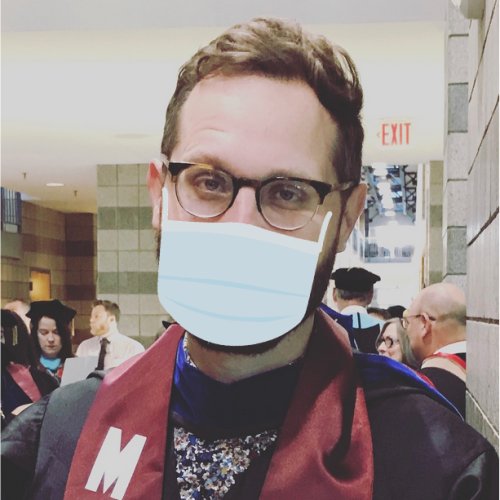The Virtual Workroom
Using social media, teachers reach beyond school walls to learn and grow
By Daniel G. Krutka
Categories: TechnologyAugust 2016
Read the remaining content with membership access. Join or log in below to continue.
Sed ut perspiciatis unde omnis iste natus error sit voluptatem accusantium doloremque laudantium, totam rem aperiam, eaque ipsa quae ab illo inventore veritatis et quasi architecto beatae vitae dicta sunt explicabo. Nemo enim ipsam voluptatem quia voluptas sit aspernatur aut odit aut fugit, sed quia consequuntur magni dolores eos qui ratione voluptatem sequi nesciunt. Neque porro quisquam est, qui dolorem ipsum quia dolor sit amet, consectetur, adipisci velit, sed quia non numquam eius modi tempora incidunt ut labore et dolore magnam aliquam quaerat voluptatem.
Learn more
Albemarle County Public Schools. (n.d.). Do it yourself professional development: Recertification. Available at https://sites.google.com/a/k12albemarle.org/diy-pd/home/recertification.
Baker-Doyle, K. (2011). The networked teacher: How new teachers build social networks for professional support. New York, NY: Teachers College Press.
References
Bill & Melinda Gates Foundation. (2014). Teachers know best: Teachers’ views on professional development. Seattle, WA: Author.
Carpenter, J.P. & Krutka, D.G. (2014). Chat it up: Everything you wanted to know about Twitter chats but were afraid to ask. Learning and Leading with Technology, 41(5), 10-15.
Carpenter, J.P. & Krutka, D.G. (2015). Engagement through microblogging: Educator professional development via Twitter. Professional Development in Education, 41(4), 707-728.
Carpenter, J.P. & Linton, J.N. (2016). Edcamp unconferences: Educators’ perspectives on an untraditional professional learning experience. Teaching and Teacher Education, 57, 97-108.
Cook, S.C., Johnson, J., & Stager, T. (2015). Breaking out of isolation: Becoming a connected school leader. Thousand Oaks, CA: Corwin Press.
Ferriter, W.M. & Provenzano, N. (2013). Self-directed learning … for teachers. Phi Delta Kappan, 95(3), 16-21.
Garet, M.S., Porter, A.C., Desimone, L., Birman, B.F., & Yoon, K.S. (2001). What makes professional development effective? Results from a national sample of teachers. American Educational Research Journal, 38(4), 915-945.
Hirsh, S. (2015). How we can stop the cycle of ineffective professional learning. JSD, 36(6), 5-6.
Kennedy, A. (2014). Understanding continuing professional development: The need for theory to impact on policy and practice. Professional Development in Education, 40(5), 688-697.
Scholastic & Bill & Melinda Gates Foundation. (2014). Primary sources: America’s teachers on teaching in an era of change (3rd ed.). New York, NY: Author.
Trust, T. (2012). Professional learning networks designed for teacher learning. Journal of Digital Learning in Teacher Education, (28)4, 133-138.
Trust, T. (2014). Online communities need local support. ASCD Express, 9(16). Available at www.ascd.org/ascd-express/vol9/916-trust.aspx.
Trust, T., Krutka, D.G., & Carpenter, J.P. (2016). “Together we are better”: Professional learning networks for teachers. Computers & Education, 102, 15-34.
United States Department of Education. (2016). Future ready learning: Reimagining the role of technology in education. Washington, DC: Office of Educational Technology.
United States Department of Education. (2014). Online professional learning quality checklist. Washington, DC: Office of Educational Technology.
Categories: Technology
Recent Issues
LEARNING DESIGNS
February 2025
How we learn influences what we learn. This issue shares essential...
BUILDING BRIDGES
December 2024
Students benefit when educators bridge the continuum of professional...
CURRICULUM-BASED PROFESSIONAL LEARNING
October 2024
High-quality curriculum requires skilled educators to put it into...
LEARNING TO PIVOT
August 2024
Sometimes new information and situations call for major change. This issue...










